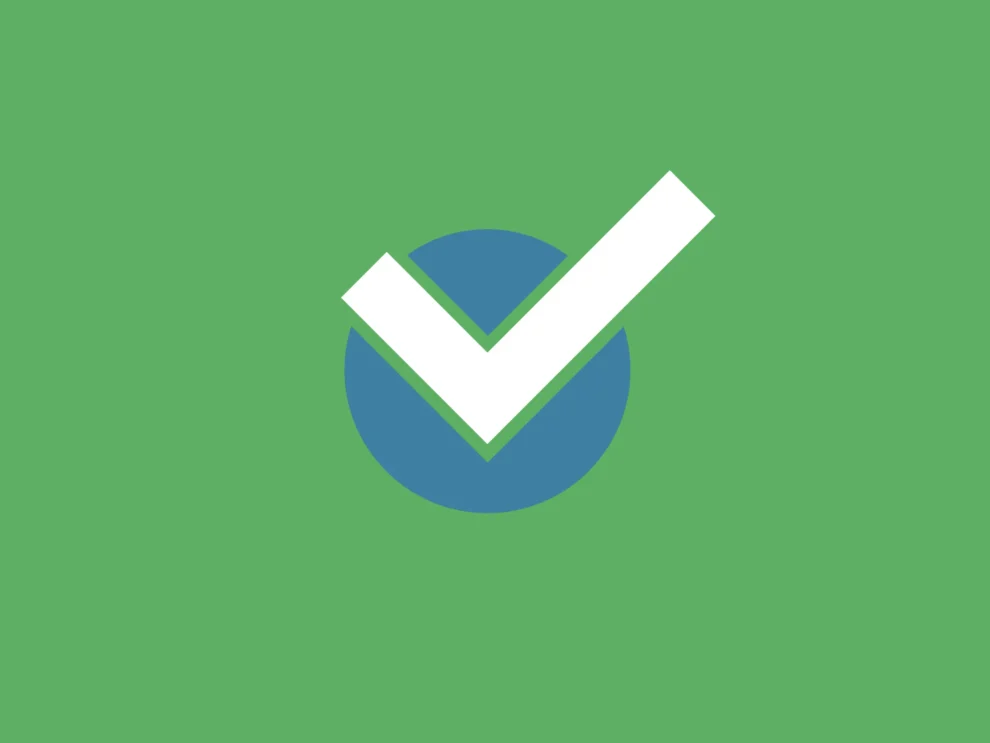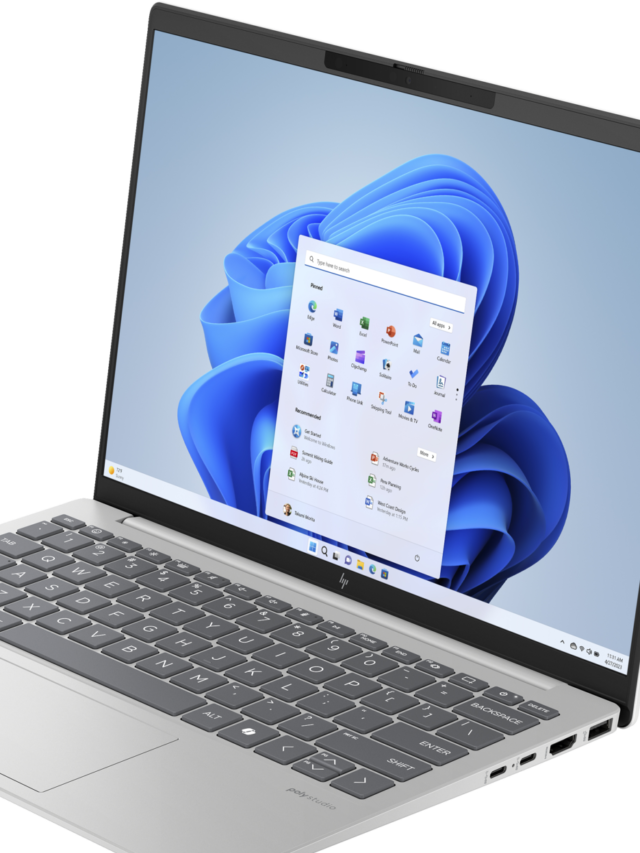Google Tasks, the to-do list application, now has its own website. Previously accessible primarily through Gmail, Google Calendar, and mobile apps, Tasks now offers a dedicated web interface at tasks.google.com. This move gives the service a more prominent presence and potentially expands its user base.
The new website offers the same core functionality as the existing integrations. Users can create and manage lists, add tasks with due dates and descriptions, and mark tasks as complete. The interface is clean and simple, focusing on task management. It mirrors the design seen in other Google Workspace applications, emphasizing a consistent user experience.
This standalone website allows users to access and manage their tasks without needing to open Gmail or Calendar. This is particularly useful for those who primarily use Tasks for personal productivity or specific project management, separate from their email or scheduling. It streamlines access for users who prefer a dedicated application for task management.
The web version of Tasks supports all the features available in other access points. Users can organize tasks into multiple lists, set reminders, and add details to each task. The familiar drag-and-drop interface makes it easy to rearrange tasks within a list or move them between lists. The service syncs across all devices, ensuring that tasks are accessible and up-to-date regardless of where they were created or edited.
While the core functionality remains the same, the dedicated website may signal Google’s intent to invest more in Tasks. A standalone platform could allow for more rapid development of new features and improvements. It also creates a more focused environment for users, minimizing distractions from email or calendar events.
The launch of the website comes as Google continues to refine its Workspace suite. Offering a dedicated platform for Tasks positions it as a more serious productivity tool. It also brings it more in line with other dedicated task management applications, increasing its competitiveness in the market.
The move to a standalone platform is not unprecedented for Google. Many of its services, like Keep and Drive, started as integrated features before gaining their own dedicated web presence. This approach allows Google to test and refine features within existing platforms before rolling them out to a wider audience.
The new Google Tasks website is accessible to anyone with a Google account. The service remains free to use. The web version complements the existing mobile apps for Android and iOS, providing a consistent experience across different platforms. This cross-platform availability is critical for users who switch between devices throughout the day.
The dedicated website could also pave the way for future integrations with other productivity tools. While Tasks currently integrates with Google Calendar and Gmail, a standalone platform could facilitate connections with other applications, both within and outside the Google ecosystem. This could broaden the scope of Tasks and make it a more central hub for productivity.
The launch of the dedicated Tasks website is a subtle but significant move by Google. It signals a renewed focus on task management and provides users with a more convenient way to organize their to-dos. While the core functionality remains unchanged, the standalone platform opens up possibilities for future development and integration. The move underscores Google’s commitment to providing users with a comprehensive suite of productivity tools. It also gives Tasks a more prominent place in the crowded task management market.



















Add Comment